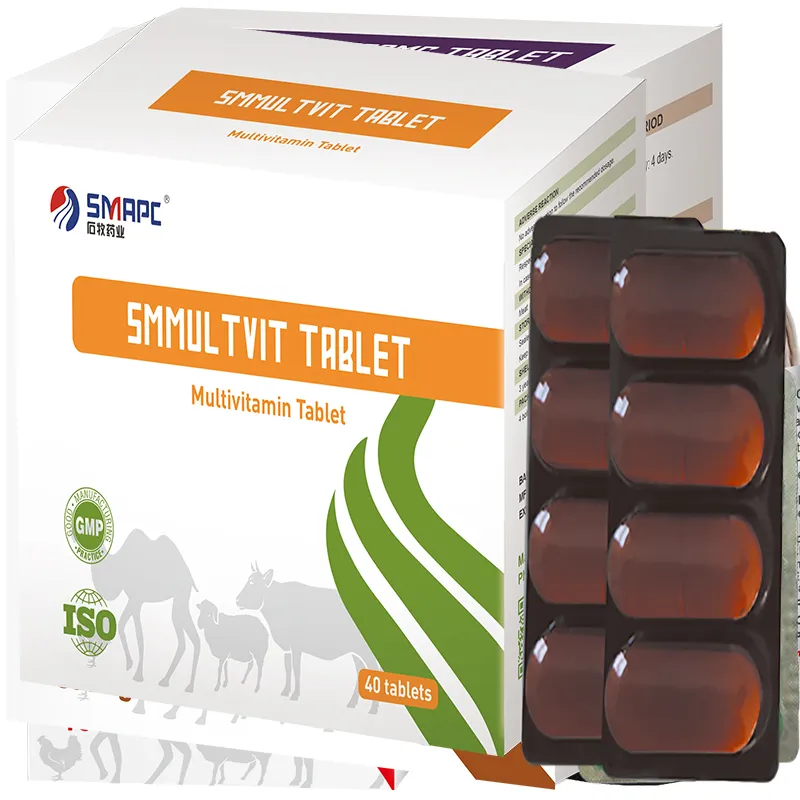Although not technically vitamins, Omega-3 and Omega-6 fatty acids are essential for your dog’s health. These fatty acids maintain a healthy coat and skin, support cognitive function, and promote heart health. They can be found in fish oil, flaxseed oil, and certain types of nuts and seeds.


